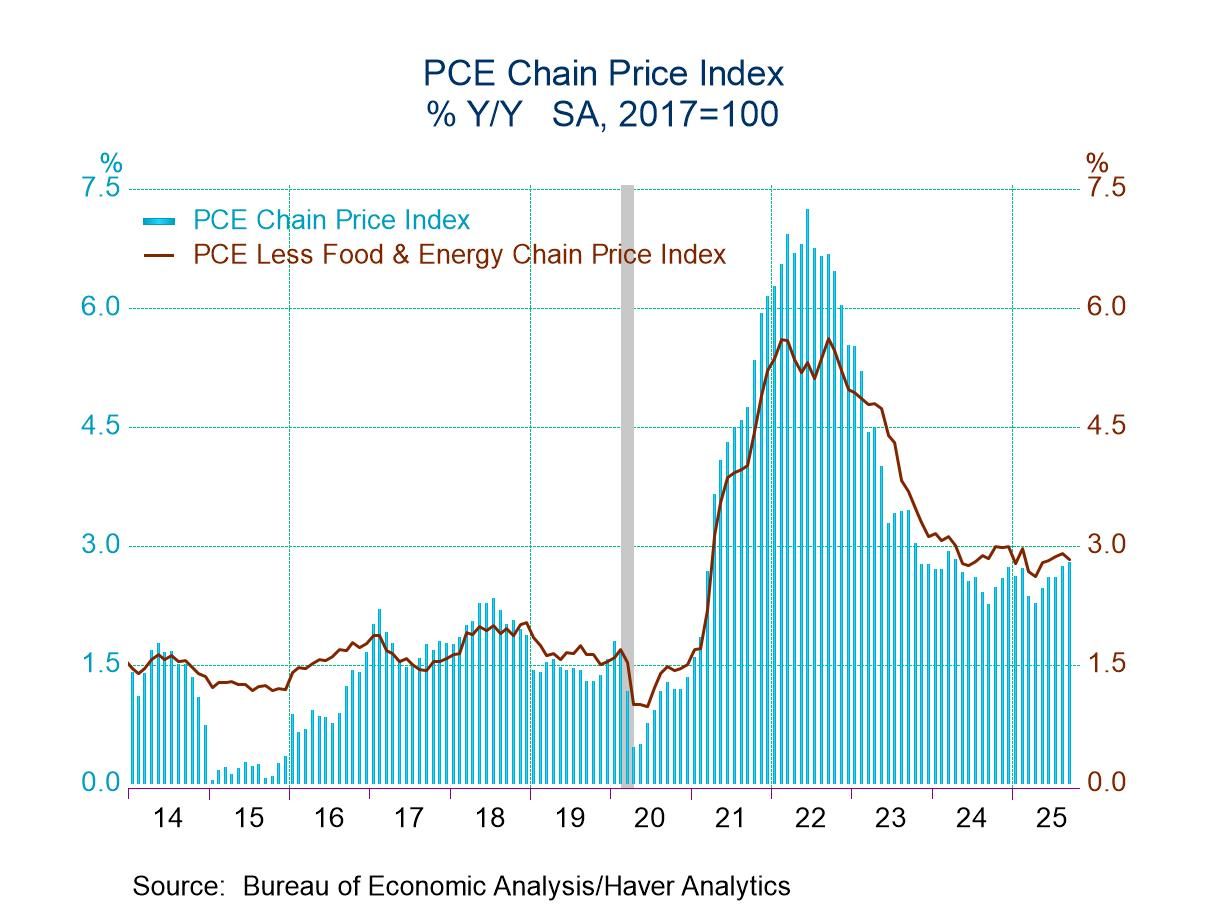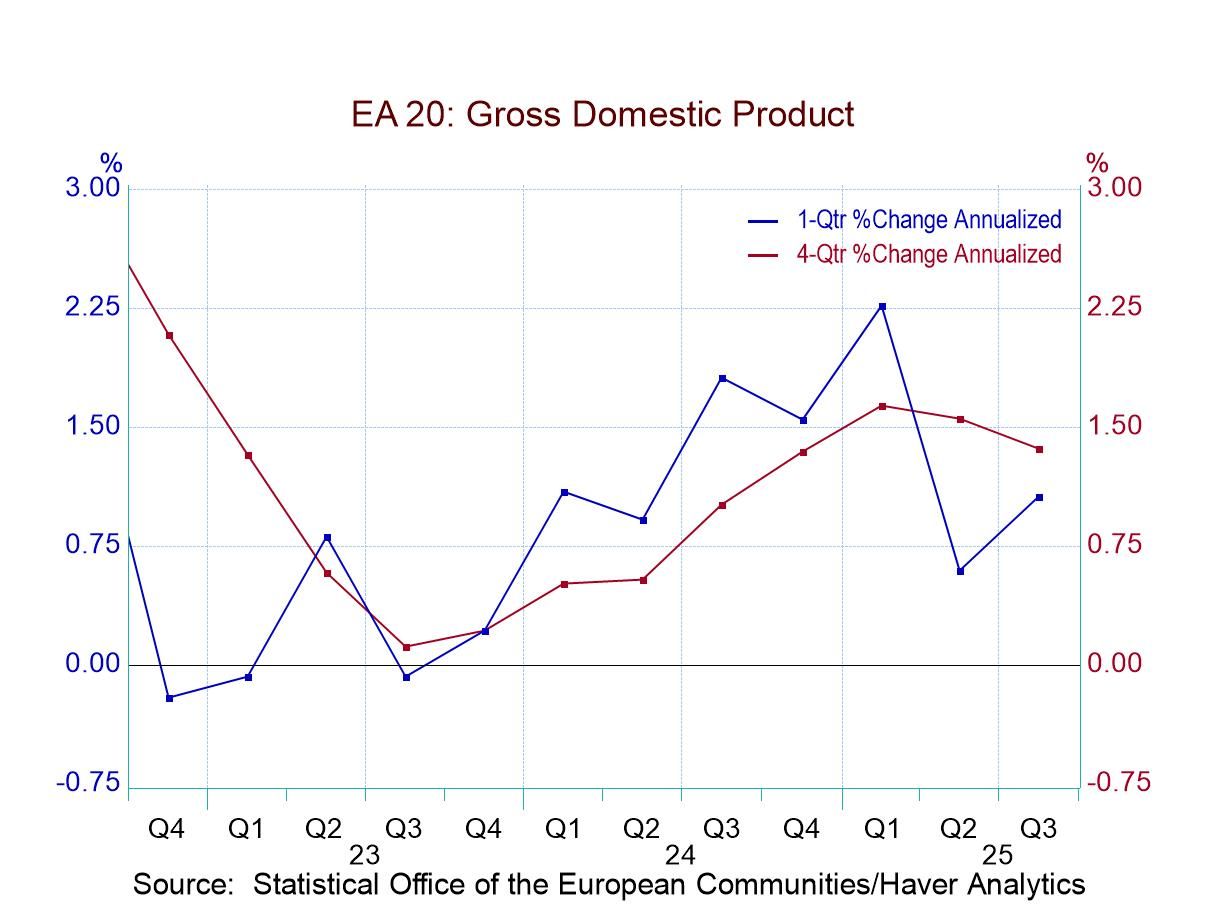 Asia| Jan 15 2024
Asia| Jan 15 2024Economic Letter From Asia: Assessing Australia
In this week’s letter, we investigate the Australian economy, a major producer of various global commodities, including iron ore, copper, and lithium, among others. We start by looking at recent monetary policy developments in Australia, against a backdrop of still-high inflation. We next examine trends in Australia’s household sector, taking stock of slowing consumption growth and moderating debt levels. Closely tied to household debt is the property sector, which has started to see firmer prices again after a respite in early 2023. We then touch on Australia’s labour market, which remains tight but with persistent real wage losses due to high inflation. Lastly, we look at Australia’s trade, with a focus on China, a key trading partner. We note strong growth in Australia’s exports to China, aided in part by iron ore, amid slowing shipments to advanced Asian economies.
Monetary policy Australia has undergone significant monetary tightening in recent years to tackle inflation. Specifically, the Reserve Bank of Australia (RBA) has raised its policy rate by a total of 425 bps since April 2022, 125 bps of which occurred in 2023 (chart 1). Headline CPI inflation has cooled significantly since, to 4.3% y/y in November 2023, from a peak of 8.4% in December 2022, as pressures from food and housing prices cooled. With that said, consumer inflation remains far from the RBA’s target of between 2% and 3%, making RBA rate cuts unlikely, at least in the immediate months ahead.
Chart 1: Monetary Policy in Australia

The household sector Australia household spending growth decelerated significantly over the past year, against a backdrop of increasingly restrictive financial conditions and persistent price pressures. Specifically, spending growth slowed to 3.1% y/y in November 2023, from 15.5% in January 2023 (chart 2). Total household debt has eased too, when taken as a proportion of disposable income, to 185.4% in Q3 2023, from a peak of 188.3% in Q2 2022. Despite the fall, Australia’s household indebtedness remains of concern against a backdrop of elevated interest rates, especially when increased financing burdens are taken into account.
Chart 2: Australia’s household sector

The property sector Despite increased financing costs and weakness in the household sector, house prices began to climb again in Q3 2023, after having cooled over the previous four quarters (chart 3). Regionally, property prices were lifted by gains in the South and Western regions. That meant that average property prices are once again approaching record high levels logged during Q1 2022, as certain regions grapple with increased demand following a surge in net migration after the pandemic. Accompanying the resurgent price growth, however, has been renewed concern about the impact of deteriorating housing affordability in Australia, especially for first-time home buyers and lower income individuals.
Chart 3: Australia’s property sector

The labour market Australia’s labour market remains tight, however, despite the protracted bout of monetary tightening by the RBA. Zooming in, unemployment remains low and well below pre-pandemic levels, while the participation rate has increased relative to end-2019 readings (chart 4). Nominal wage growth has accelerated as well, to 4.1% y/y in Q3 2023, aided by minimum and award wage hikes effected over the year. Nonetheless, nominal wage growth has failed to keep pace with inflation, resulting in ebbing real wages since early-2022. With that said, however, Australian workers stand to finally see some modest real wage gains in the coming months should inflation continue to moderate and if nominal wage growth remains firm.
Chart 4: Australia’s labour market

Australia trade Looking externally, Australia’s goods trade balance has worsened steadily since Q1 2023, as export declines outpaced those of imports (chart 5). By region, much of the deterioration in Australia’s export performance concerned trade with advanced Asian economies, including Taiwan, Japan, and South Korea. In contrast, Australia’s exports to Mainland China experienced double-digit growth, which led Australia’s trade surplus with the economy to new record highs. On this, China’s share of Australia’s exports has recovered markedly as well, to about 35% of Australia’s rolling 12-month exports in October 2023, from the 29% reading seen a year ago. China’s decision to lift some meat import restrictions in 2023 has aided the rebound of Australia’s exports to the economy. Looking ahead, more trade easing moves are possible should Australia-China relations continue to recover.
Chart 5: Australia trade

Australia and iron ore Australia’s trade relationship with China has historically revolved greatly around raw commodities, particularly of iron ore. Specifically, about 63% of Australia’s exports to China are of iron ore, with China absorbing nearly all of Australia’s shipments of the commodity, based on recent UN Comtrade data. As such, much of Australia’s exports and economic outturn is tied to the health of China’s industrial sector. The relationship is illustrated in part in chart 6, which shows a positive correlation between Australia’s 3-month lagged crude material exports to China and China’s steel product output growth.
Chart 6: Australia’s material exports and China

Tian Yong Woon
AuthorMore in Author Profile »Tian Yong joined Haver Analytics as an Economist in 2023. Previously, Tian Yong worked as an Economist with Deutsche Bank, covering Emerging Asian economies while also writing on thematic issues within the broader Asia region. Prior to his work with Deutsche Bank, he worked as an Economic Analyst with the International Monetary Fund, where he contributed to Article IV consultations with Singapore and Malaysia, and to the regular surveillance of financial stability issues in the Asia Pacific region.
Tian Yong holds a Master of Science in Quantitative Finance from the Singapore Management University, and a Bachelor of Science in Banking and Finance from the University of London.






